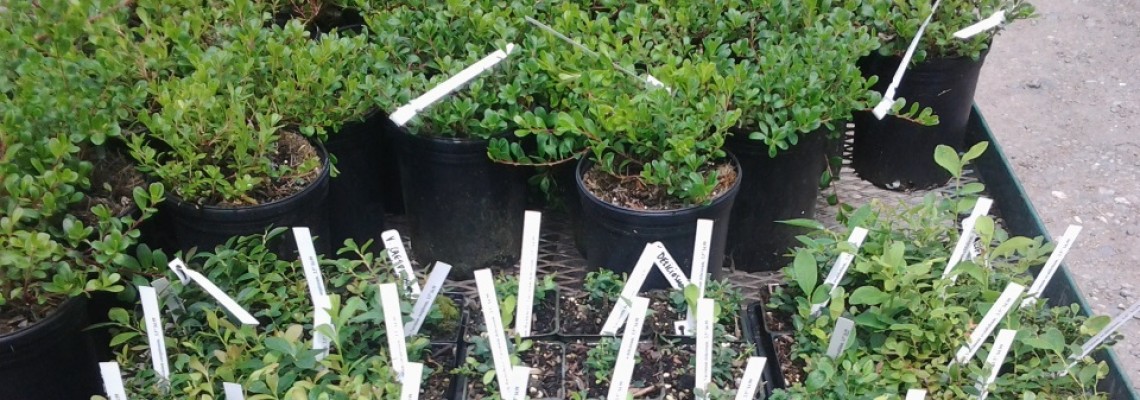Form follows Function in the Garden Landscape
 Often when we are planning new landscapes we think only of aesthetic qualities. It is important, however, to think about other possible functions. You should begin by asking: What do I want my landscape to provide?
Often when we are planning new landscapes we think only of aesthetic qualities. It is important, however, to think about other possible functions. You should begin by asking: What do I want my landscape to provide?
The first thing to consider is how your landscape will be used. Do you want a place to play? A lawn is good for athletic games & activities, a place to frolic with kids, dogs or other pets, or for toddlers to experience the wonder of the outdoors. Perhaps you want an outdoor living space, a pleasant place to barbecue and entertain family and friends…or a private, peaceful garden to meditate in or curl up with a good book.
Begin by planning a basic layout. Paths may be necessary to allow access to different parts of your garden. A screen creates privacy or covers up an unsightly view. A fence can keep kids or pets in and/or unwanted trespassers out.
Do you intend to grow food for your family? Fruit trees and shrubs can be incorporated into any landscape plan, or you may want to set aside an area for vegetable & herb gardens.
You can restore habitat and encourage native wildlife by planting native plants. Growing plants with berries, nuts and seeds will attract songbirds and squirrels. Flowers attract hummingbirds & butterflies—and remember that insects, worms and other small critters also play an important role in the web of life.
The maintenance and irrigation requirements of your landscape also should be considered. How much time and money are you willing to spend on the upkeep of your yard? Do you want it to pretty much take care of itself, except for a little weeding every few weeks, or are you willing to be mowing, edging and trimming regularly…or perhaps you have a lot of time to enjoy puttering in the garden every day.
Once you decide on your functional goals, then you can start designing a plan for your dream garden. Whether you want to follow any special theme or not, you need to select plants that will thrive in the varying microclimates of your yard; matching each plant with its preferred amount of sun, shade and moisture.
When designing, use the following principles of design: Scale, make sure the current and future sizes of the plants fit well into your design scheme. Form, think about the overall shape of each plant, and how they will look next to other plants. Texture, does the plant have bold, large leaves, or fine, graceful foliage; what effect do you want to portray? Color, leaves may be various shades of green, variegated with white, yellow, or even purple, changing with the seasons to scarlet, orange or yellow in the autumn. What are your favorite flower colors? Berries and twigs also add color in the winter. Focus, providing focus points draws the viewer’s eyes to certain spots in the landscape, creating a more relaxing environment than a chaotic jumble of colors, forms & textures. Balance, when viewing from different perspectives, create a balance of large & small, bold & graceful, and bright & muted colors; this subconsciously assures us that all is right and balanced.
Trees, such as Quaking Aspens, add movement as well as the sound of the wind rustling through its leaves. Soft or fuzzy plants are pleasant to “pet.” Fragrant flowers and foliage and sweet fruit delight other senses. Unlike other art forms, landscapes change with time, adding a 4th dimension to consider. A landscape can be beautiful and fulfill many functions.
(This article was first published in the Peninsula Gateway on December 19, 2012)

